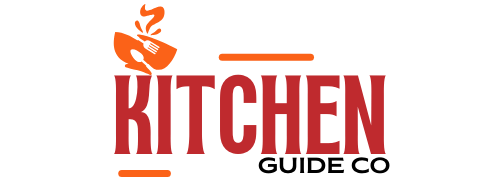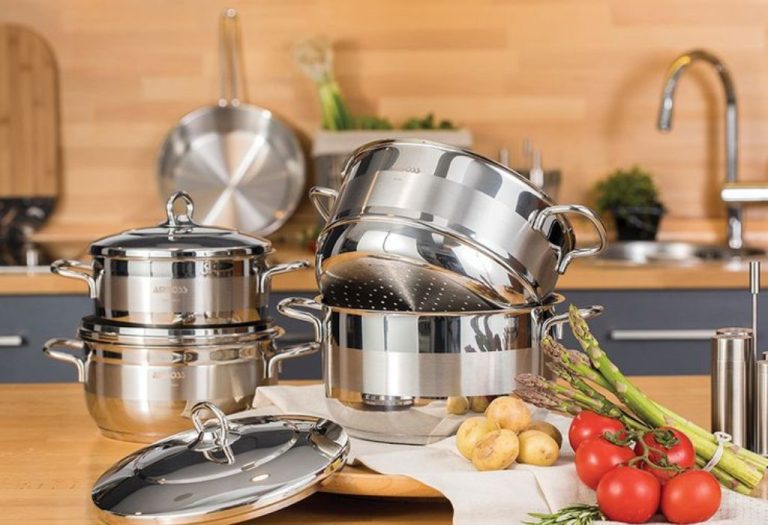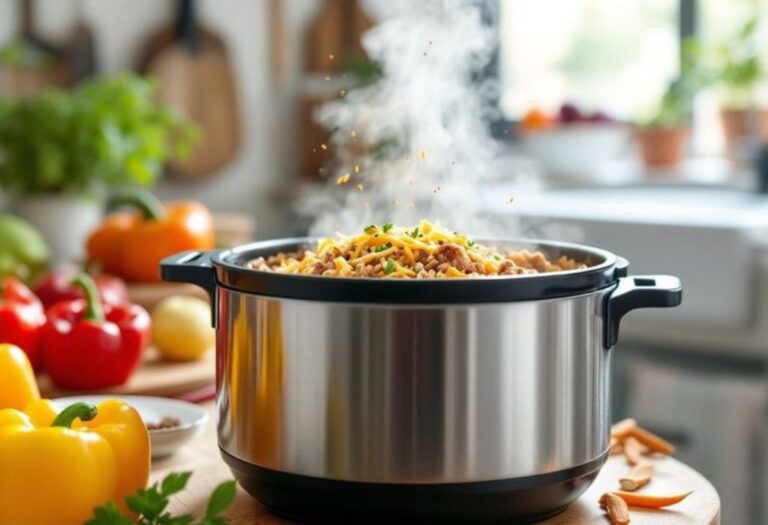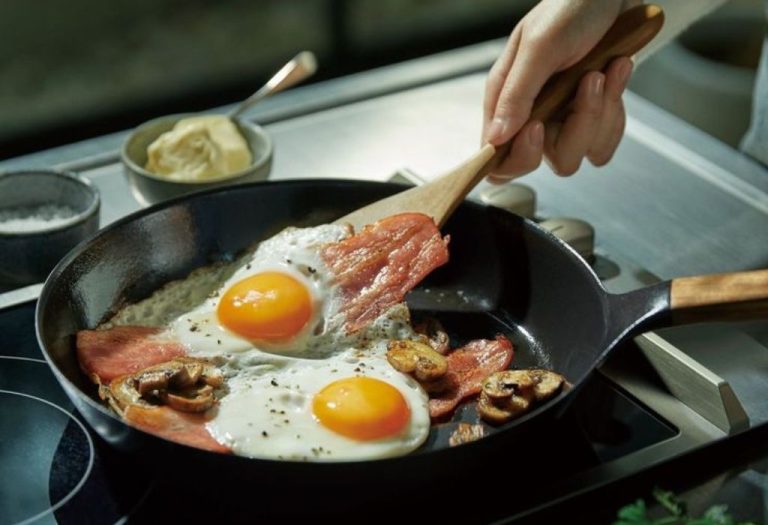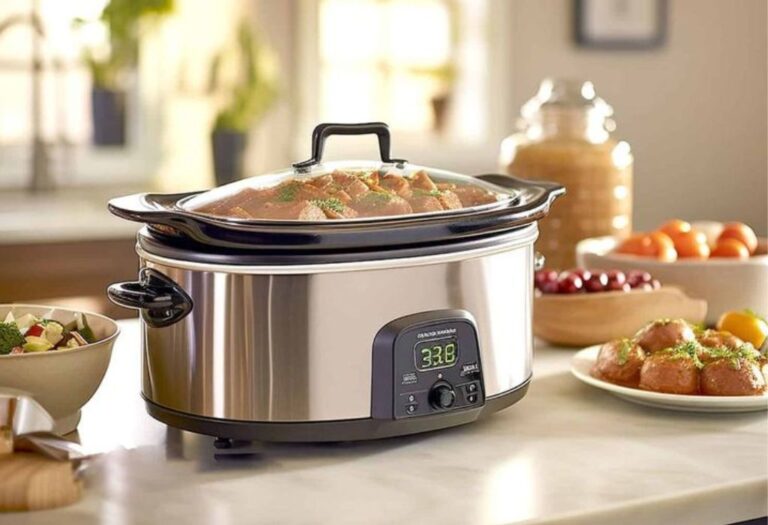The smell of garlic and onions filled the air as the pan sizzled. Then, in a split second, a splash of hot oil leaped from the skillet, narrowly missing a hand. Moments like this happen in kitchens every day.
According to the National Fire Protection Association (NFPA), cooking causes nearly 49% of all home fires in the United States. The CDC also reports thousands of emergency room visits annually due to kitchen burns, cuts, and slips.
The right safety equipment can turn a potentially dangerous moment into nothing more than a small scare. This guide explores the essential tools every cook should have to keep the kitchen safe, whether you’re a home chef or running a busy restaurant.
Why Kitchen Safety Equipment Matters
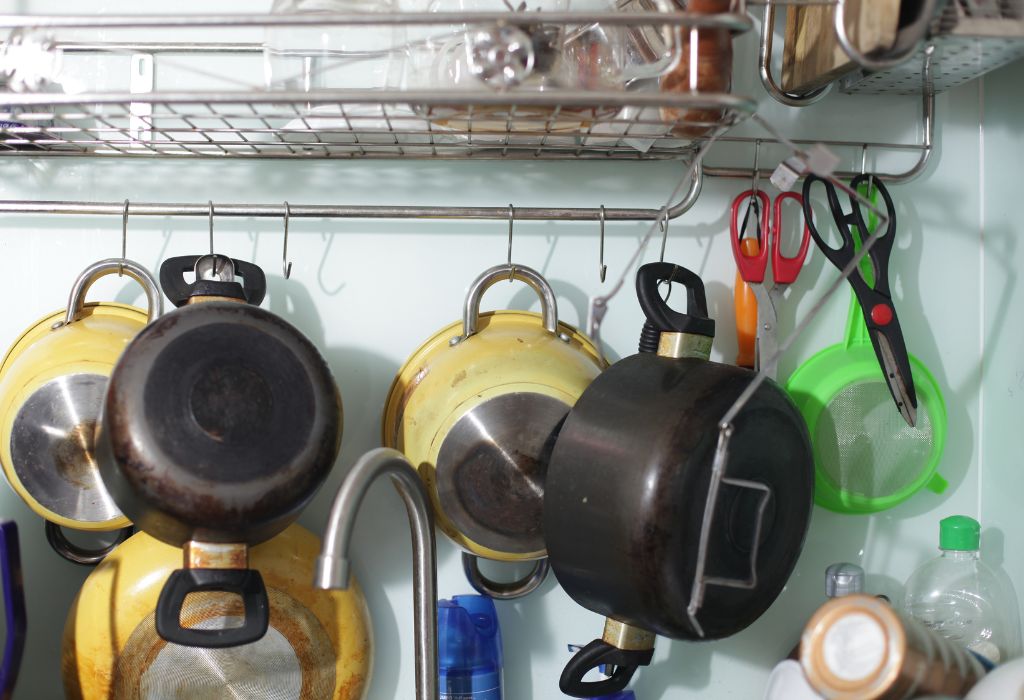
A kitchen is full of hazards. Open flames, sharp knives, boiling liquids, and electrical appliances all pose risks.
Every year, thousands of people suffer injuries that could have been prevented with the right gear. From fire extinguishers to cut-resistant gloves, safety equipment is just as vital as your favorite skillet.
The right tools don’t just protect you; they protect your family, your home, and your ability to keep cooking without fear.
Essential Safety Equipment Categories
Fire Safety Tools
Fires are one of the most dangerous kitchen hazards. Having the right fire safety tools can save lives.
- Fire extinguisher: A Class K extinguisher is best for grease fires, while Class ABC handles general fires.
- Fire blanket: Quickly smothers small flames without spreading oil or grease.
- Smoke detectors: Install near, but not inside, the kitchen to avoid false alarms. Test monthly and replace batteries yearly.
Why is a Class K extinguisher important?
It is designed for high-temperature grease and oil fires that water cannot put out.
Should smoke alarms be in the kitchen?
Place them close but outside the cooking area to prevent nuisance alarms.
How often should fire blankets be replaced?
Every 7–10 years or sooner if damaged.
Burn and Heat Protection Gear
Heat injuries can happen faster than you think. A few seconds of contact can cause severe burns.
- Heat-resistant oven mitts: Silicone or aramid fiber gloves offer better heat protection than cloth.
- Pot holders and trivets: Keep hot pots from damaging surfaces or causing burns.
- Splatter screens: Reduce oil splashes when frying.
What temperature can silicone oven mitts handle?
Most withstand up to 450–500°F.
Can pot holders go in the washing machine?
Yes, but check the care label for best results.
Do splatter screens affect cooking time?
Slightly, but they improve safety and cleanliness.
Cut and Sharp Object Protection
Knife injuries are among the most common kitchen accidents. Proper protection reduces the risk.
- Cut-resistant gloves: Great for slicing vegetables or filleting fish.
- Knife guards and sheaths: Protect both the blade and your hands.
- Stable cutting boards: Non-slip bases prevent dangerous slips.
Are cut-resistant gloves dishwasher safe?
Many are, but always check manufacturer instructions.
How do knife guards help?
They prevent accidental cuts when retrieving knives from drawers.
What is the safest cutting board material?
Plastic or bamboo, as they are easier to sanitize than wood.
Slip and Fall Prevention
Wet floors and clutter cause many kitchen injuries. Prevent them with the right equipment.
- Non-slip mats: Provide grip in high-risk areas near the sink or stove.
- Absorbent cloths: Quickly clean spills before they cause accidents.
- Proper footwear: Slip-resistant shoes protect against falls and dropped objects.
Do non-slip mats need cleaning?
Yes, wash them regularly to remove grease buildup.
Can regular sneakers work as kitchen shoes?
Not recommended; they lack slip resistance and protective features.
Where should mats be placed?
Near sinks, stoves, and prep areas.
First Aid Essentials
Accidents can still happen, so being prepared is critical.
- First aid kit: Keep it stocked with adhesive bandages, burn gel, antiseptic wipes, and gauze.
- Tweezers: For removing splinters or glass shards.
- Burn ointments: Soothes and protects minor burns.
Where should a kitchen first aid kit be stored?
In a visible, easily accessible spot, away from the stove.
How often should kits be checked?
Every 3–6 months to replace expired items.
Can burn ointments expire?
Yes, and expired products may lose effectiveness.
Electrical and Appliance Safety
Electricity and water are a dangerous mix. Keep appliances safe to avoid shocks.
- Ground Fault Circuit Interrupters (GFCIs): Automatically cut power during faults.
- Cord organizers: Prevent tripping hazards and protect wires.
- Surge protectors: Protect sensitive appliances from power spikes.
Why use GFCIs in the kitchen?
They prevent electrocution in wet areas.
Should appliances be unplugged after use?
Yes, to reduce fire risks and save energy.
Can damaged cords be repaired?
Only by a professional; otherwise, replace them.
Food Safety Equipment
Keeping food safe is part of kitchen safety.
- Food thermometers: Ensure meats reach safe internal temperatures.
- Refrigerator thermometers: Keep food storage below 40°F.
- Airtight containers: Prevent contamination and extend freshness.
What is the safe temperature for cooked poultry?
165°F (74°C).
Can airtight containers go in the freezer?
Yes, but choose freezer-safe materials.
Why use a refrigerator thermometer?
Built-in fridge thermometers can be inaccurate.
How to Choose the Right Safety Equipment
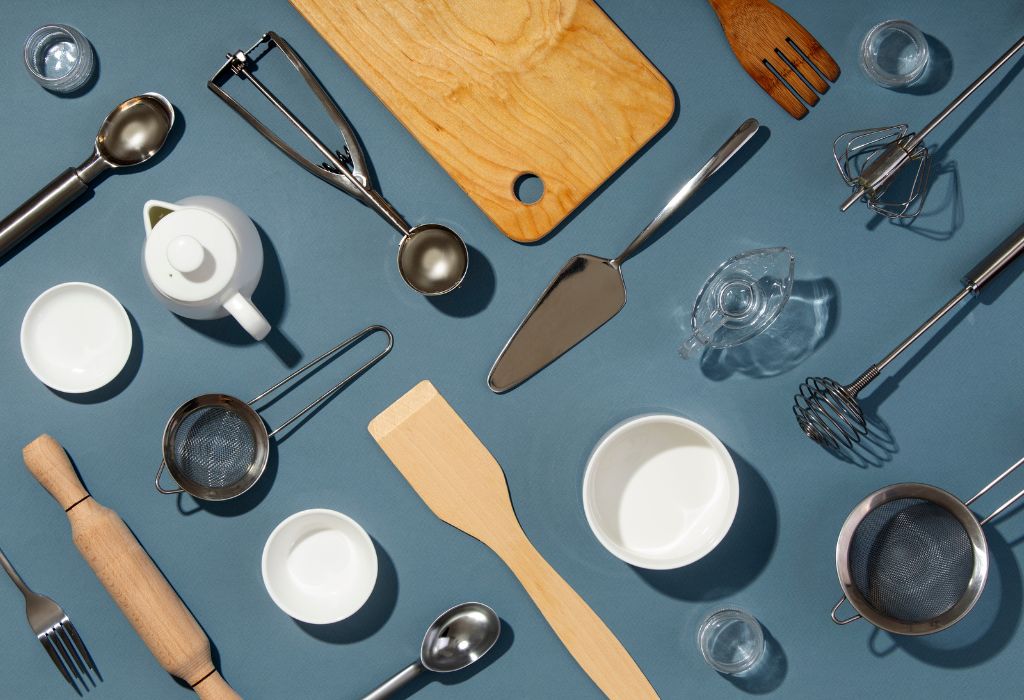
Selecting the right gear ensures long-term protection.
- Consider kitchen size and layout.
- Match products to your cooking habits.
- Check for safety certifications like UL, NSF, or ANSI.
Are expensive products always better?
Not always; focus on quality and certification.
How to know if a product meets safety standards?
Look for certification marks and read user reviews.
Setting Up a Kitchen Safety Zone
Organizing your safety equipment is as important as owning it.
- Place fire tools near the exit, not next to the stove.
- Keep first aid kits in an open, labeled box.
- Make safety gear visible and easy to grab in emergencies.
Why keep fire extinguishers away from the stove?
So you can access them without moving toward flames.
Should safety equipment be stored together?
Yes, for quick access during emergencies.
Maintenance and Replacement Schedule
Safety gear is only effective when it works properly.
- Check fire extinguishers annually.
- Replace worn mitts, mats, or gloves.
- Clean and sanitize all safety equipment regularly.
How long do fire extinguishers last?
5–15 years depending on type.
When to replace oven mitts?
When they show signs of wear or burns.
Mistakes to Avoid When Buying Safety Equipment
- Buying uncertified products.
- Storing equipment where it’s hard to reach.
- Forgetting to train household members on how to use it.
Why avoid uncertified tools?
They may fail during emergencies.
How to train others in fire extinguisher use?
Practice with an unused or demo unit.
Real-Life Case Studies
- A fire blanket preventing a grease fire disaster in a home kitchen.
- A chef avoiding stitches by using cut-resistant gloves.
- Non-slip mats preventing a fall in a busy restaurant.
FAQs – Safety Equipment in Kitchen
What is the most important safety equipment in a kitchen?
Fire extinguisher and first aid kit are essential for all kitchens.
Do all kitchens need a Class K fire extinguisher?
Yes, especially if cooking with oils and fats.
How often should kitchen safety gear be replaced?
Varies by item, but regular inspection is key.
Can silicone oven mitts withstand open flames?
They handle heat well but should not be exposed to direct flames.
What’s the safest way to store sharp knives?
Use magnetic strips or knife blocks to avoid accidents.
Should first aid kits be stored in the kitchen or another room?
Store nearby but away from heat and moisture.
Are non-slip mats washable?
Yes, most can be cleaned with soap and water.
Conclusion
A safe kitchen is a productive kitchen. Equipping it with the right tools can prevent accidents and protect everyone inside.
Start with the essentials, keep them maintained, and make safety a part of your cooking routine. The best meals come from kitchens where everyone feels secure.
I’m Emma J. Caldwell, the founder, lead writer, and home-cooking enthusiast behind KitchenGuideCo.com. With a background in culinary arts and over a decade of cooking experience in both professional and personal kitchens, I created this platform to demystify recipes, offer smart kitchen gadget reviews, and guide readers through meal prep with confidence and clarity.
